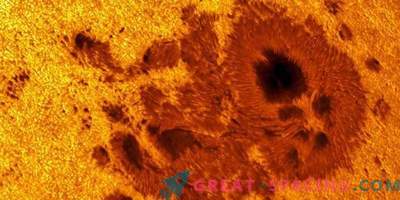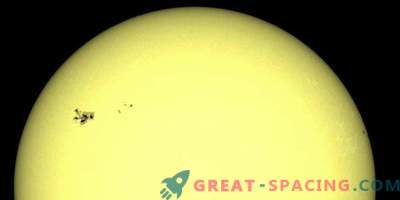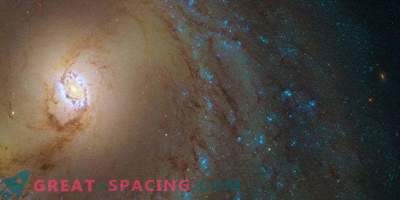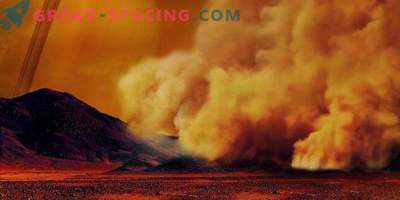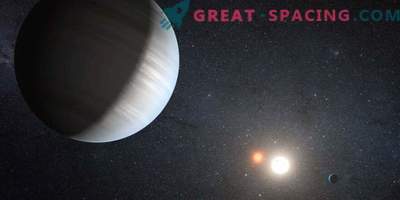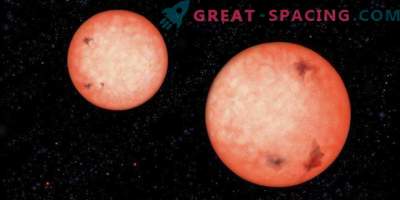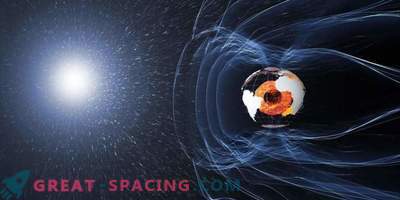
Artistic interpretation of the hot massive Zeta Korma supergiant. The rotation period takes 1.78 days, and the axis is inclined by 24 ° with respect to the line of sight
Recently, a team of astronomers discovered that the spots on the surface of supergiant stars activate spiral structures in their wind.
Heavy elements present on our planet, appeared thanks to massive stars. At the end of their existence, they explode and throw material into space (a supernova event).
Zeta Korma is a developed massive star belonging to the class of supergiants. It surpasses our Sun by massiveness 60 times and 7 times hotter. These are rare objects and are most often found in pairs. A particular star is special because it lives alone and moves at an acceleration of 60 km / s. It is believed that it previously interacted with a binary or multiple system and was thrown out during the explosion. The network of nanite satellites from the BRITE mission helped to monitor the surface brightness of Zeta Korma for 6 months and simultaneously monitor the behavior of its wind. Data showed the same picture in both reviews at intervals of 1.78 days. The periodic signal is a reflection of stellar rotation through large bright spots that control large spiral wind structures - cooperative interaction regions (CLO).
When studying the released light, it was possible to clearly consider some S-models created by COB induced by bright surface spots in the wind. We also found random changes on the surface that corresponded to areas in the wind with higher density. This is interesting, because for the first time scientists were able to fix the connection between the change in the surface and the compaction of the wind.
While there is no accurate data on the physical origin of bright surface spots, therefore, additional research will be required.

